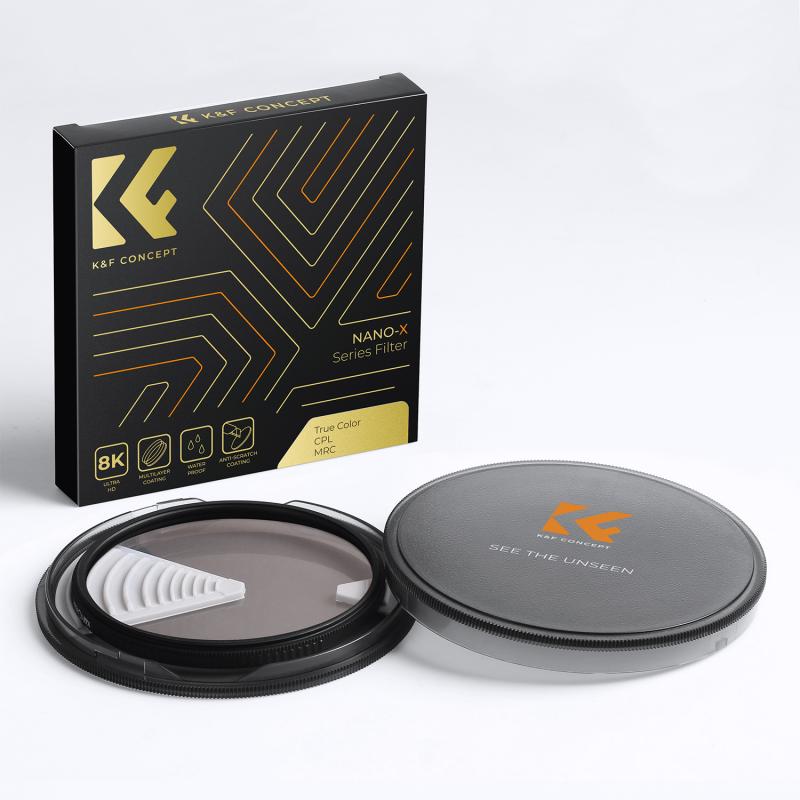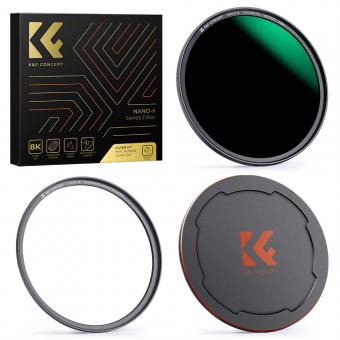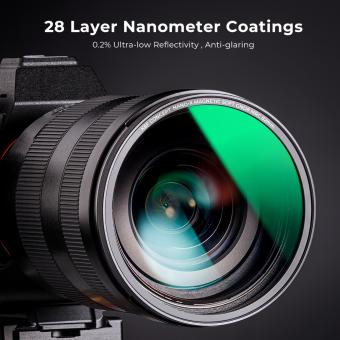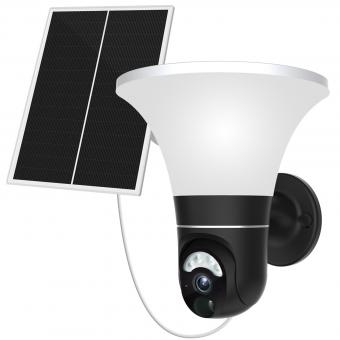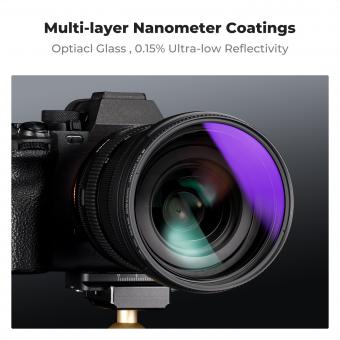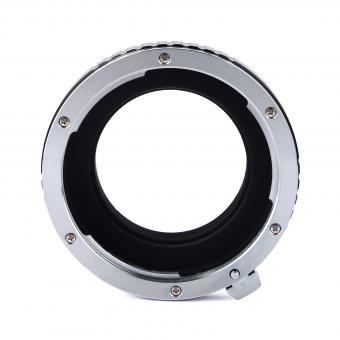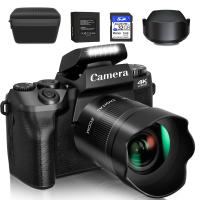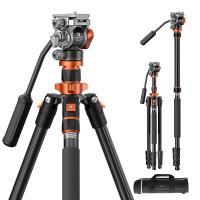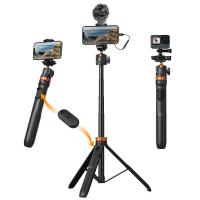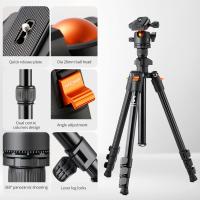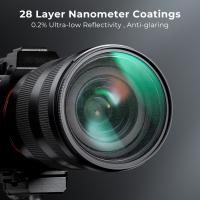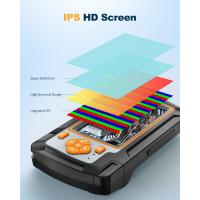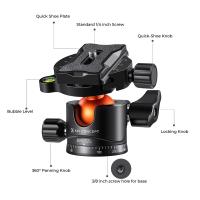What Is Filter In Camera ?
In photography, a filter is an optical accessory that is placed in front of the camera lens to modify or enhance the image being captured. Filters can be made of glass or plastic and come in various shapes and sizes. They are used to alter the light entering the lens, resulting in different effects on the final image.
Filters can serve different purposes, such as reducing glare or reflections, enhancing colors, correcting color balance, or adding creative effects. Some common types of filters include UV filters, polarizing filters, neutral density filters, and graduated filters. Each type of filter has its own specific function and impact on the image. Photographers often use filters to achieve specific artistic or technical goals, depending on the desired outcome of their photographs.
1、 Optical Filter: Used to modify light entering the camera lens.
An optical filter in a camera is a device used to modify the light that enters the camera lens. It is an essential tool for photographers and videographers to control the quality and characteristics of the light that reaches the camera's sensor.
Optical filters can be made from various materials, such as glass or resin, and they come in different shapes and sizes to fit different camera lenses. They are designed to selectively transmit or block certain wavelengths of light, allowing photographers to achieve specific effects or correct for certain lighting conditions.
There are several types of optical filters available for cameras, each serving a different purpose. Some common examples include:
1. UV filters: These filters are primarily used to block ultraviolet light, which can cause hazy or bluish images. They are also useful for protecting the camera lens from scratches and dust.
2. Polarizing filters: These filters reduce glare and reflections from non-metallic surfaces, such as water or glass. They can also enhance color saturation and contrast in outdoor photography.
3. Neutral density filters: These filters reduce the amount of light entering the camera lens without affecting the color balance. They are often used in situations where a slower shutter speed or wider aperture is desired, such as capturing motion blur or achieving a shallow depth of field in bright conditions.
4. Color filters: These filters are used to alter the color balance of the light entering the camera. They can be used creatively to create different moods or correct for color temperature variations.
In recent years, with advancements in digital photography and post-processing software, some photographers argue that the need for optical filters has diminished. They argue that many filter effects can be replicated or adjusted in post-production. However, there are still certain effects, such as polarizing or neutral density effects, that are difficult to replicate digitally and are best achieved using optical filters.
In conclusion, optical filters in cameras are essential tools for photographers to modify the light entering the camera lens. While some argue that their importance has diminished with digital advancements, there are still certain effects that are best achieved using optical filters.
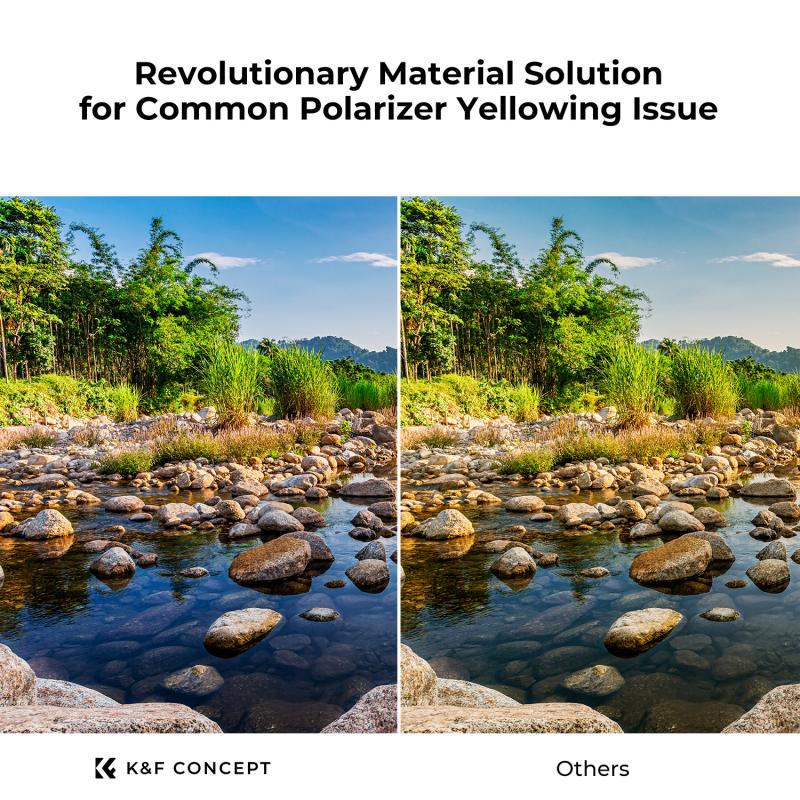
2、 UV Filter: Reduces ultraviolet light and protects the lens.
A filter in a camera refers to an optical accessory that is placed in front of the lens to modify or enhance the image being captured. One such filter is the UV filter, which is designed to reduce ultraviolet light and protect the lens.
UV filters are commonly used in photography to minimize the bluish cast that can occur when shooting in outdoor environments, especially at high altitudes or near bodies of water. By reducing the amount of ultraviolet light that reaches the camera sensor, UV filters help produce images with more accurate colors and improved contrast.
In addition to their color correction properties, UV filters also serve as a protective barrier for the lens. They act as a shield against dust, moisture, and scratches, safeguarding the lens from potential damage. This is particularly important for photographers who frequently shoot in challenging conditions or in situations where the lens may be exposed to potential hazards.
However, it is worth noting that the use of UV filters has become a topic of debate among photographers in recent years. Some argue that modern camera sensors are already equipped with UV filters, making the use of an additional filter unnecessary. Others believe that the protective benefits of UV filters outweigh any potential image quality degradation.
Ultimately, the decision to use a UV filter depends on personal preference and shooting conditions. Photographers should consider factors such as the environment, the quality of their lens, and the specific requirements of their photography to determine whether a UV filter is necessary.
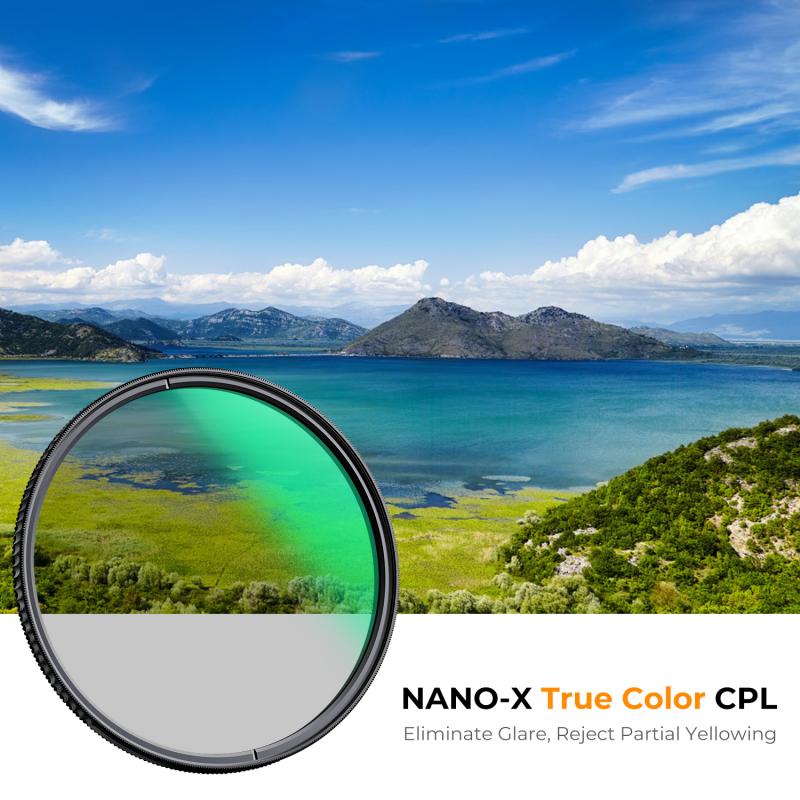
3、 Polarizing Filter: Reduces glare and enhances color saturation.
A filter in a camera is an optical accessory that is placed in front of the lens to modify the light entering the camera. Filters can have various effects on the image, such as altering the color balance, reducing glare, or enhancing certain aspects of the scene. One commonly used filter is the polarizing filter.
A polarizing filter is designed to reduce glare and enhance color saturation in photographs. It achieves this by selectively blocking certain polarized light waves. When light reflects off non-metallic surfaces such as water, glass, or foliage, it becomes polarized, meaning the light waves align in a specific direction. This polarized light can cause unwanted reflections and reduce the overall color saturation in the image.
By using a polarizing filter, photographers can effectively reduce these reflections and enhance the colors in their photographs. The filter can be rotated to adjust the amount of polarization, allowing photographers to control the level of glare reduction and color enhancement. This is particularly useful in landscape photography, where reflections from water or glass can be minimized, resulting in more vibrant and detailed images.
In addition to reducing glare and enhancing color saturation, polarizing filters can also improve the overall contrast in a scene. By selectively blocking certain light waves, the filter can darken the sky, making clouds stand out more prominently. This can add depth and drama to landscape photographs.
It is important to note that with advancements in digital photography and post-processing software, some of the effects achieved by polarizing filters can be replicated or adjusted during the editing process. However, using a polarizing filter directly on the camera can save time and effort in post-processing, as it allows photographers to capture the desired effect in-camera.
In conclusion, a polarizing filter is a valuable tool for photographers, as it reduces glare, enhances color saturation, and improves overall contrast in photographs. While digital editing can replicate some of these effects, using a polarizing filter directly on the camera can save time and produce more accurate and satisfying results.

4、 Neutral Density Filter: Reduces the amount of light entering the lens.
A filter in a camera is an optical accessory that is placed in front of the lens to modify the light entering the camera. Filters can serve various purposes, such as enhancing colors, reducing glare, or adding special effects. One type of filter commonly used in photography is the Neutral Density (ND) filter.
A Neutral Density filter is designed to reduce the amount of light entering the lens without affecting the color or contrast of the image. It achieves this by evenly attenuating all wavelengths of light. ND filters are particularly useful in situations where there is too much light, such as when shooting in bright sunlight or when using a wide aperture in low-light conditions.
By reducing the amount of light, ND filters allow photographers to use slower shutter speeds or wider apertures, which can result in creative effects. For example, a slower shutter speed can be used to capture motion blur in a waterfall or create smooth, silky effects in flowing water. Additionally, a wider aperture can be used to achieve a shallow depth of field, isolating the subject from the background.
In recent years, ND filters have gained popularity among photographers and videographers for their ability to capture long-exposure shots during the daytime. This technique allows for the creation of stunning images with blurred clouds, smooth water surfaces, or streaking lights. ND filters are also commonly used in landscape photography to balance the exposure between the bright sky and the darker foreground.
With advancements in digital photography, some argue that the need for physical ND filters has diminished. Modern cameras often have built-in features like electronic ND filters or high dynamic range (HDR) capabilities that can simulate the effects of an ND filter. However, many photographers still prefer the use of physical ND filters for their ability to achieve precise control over exposure and to maintain image quality without relying on post-processing techniques.
In conclusion, a Neutral Density filter is an essential tool for photographers looking to control the amount of light entering their camera. It allows for creative effects, such as motion blur and shallow depth of field, and is particularly useful in bright lighting conditions. While digital alternatives exist, many photographers still rely on physical ND filters for their versatility and ability to maintain image quality.
